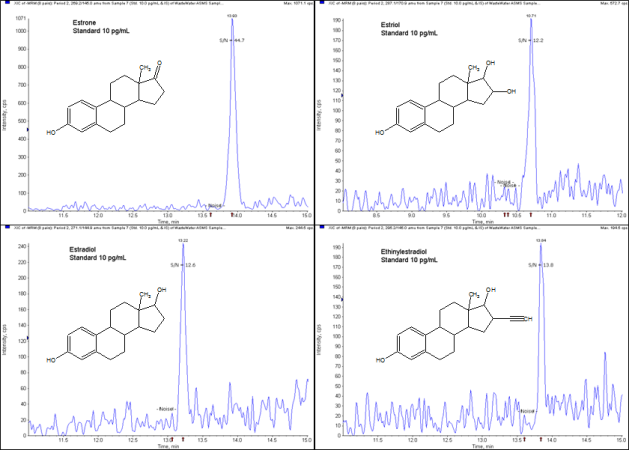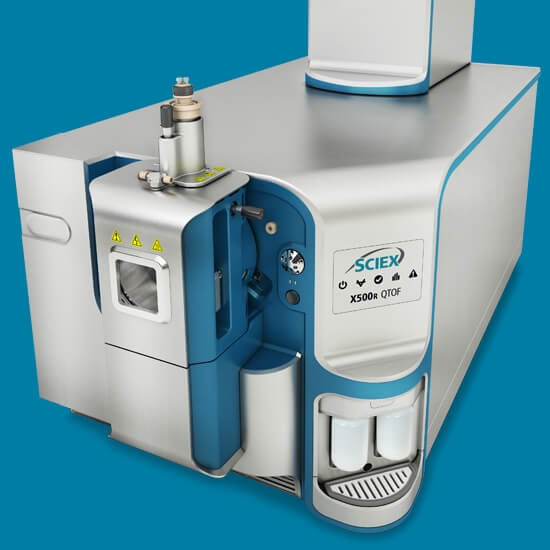Endocrine-disrupting chemicals are any chemical that interferes with the body's endocrine system, resulting in developmental, reproductive, neurological or immune deficiencies in humans and animals. (1, 2) Many everyday household products contain these endocrine-disrupting chemicals. These include bisphenol A (which leaches from metal cans and plastic food containers), plasticizers (which leach from consumable products such as toys) and assorted flame retardants and pharmaceutical chemical compounds used in clothing and cosmetics.
Sources of EDCs in water include discharge of industrial waste to rivers, agricultural water runoff, air deposition, surface runoff and soil leachate, which often contaminate surface and groundwaters. Since conventional wastewater treatment methods may not adequately remove EDCs from wastewater, (3) there is a real possibility that EDCs are present in water bodies. (4-5)
Numerous studies have reported the adverse effects of EDCs on aquatic ecosystems2 at various concentrations. There are also reports of reproductive disorders associated with EDCs, (6-7) causing concern about EDC exposure through water consumption.
LC-MS/MS: Your gateway to identify and quantify EDCs in water
Considering the potential impact of EDCs, these chemicals have become a contaminant of emerging concern (CEC) for both regulatory agencies and the public. An LC-MS/MS approach can help you identify and quantify EDCs in water through high:
- Sensitivity: Take advantage of simplified sample preparation to attain low parts-per-trillion detection limits across multiple compound classes with a linear range of 3 to 4 orders of magnitude for all compounds.
- Selectivity: Use powerful liquid chromatography to tackle the complexity of EDCs as you separate your analyte of interest from the matrix for accurate quantification.
- Specificity: Utilize second-order fragmentation (MS/MS/MS) to remove chromatographic interferences caused by isomers and background ions to provide highly specific measurements.







